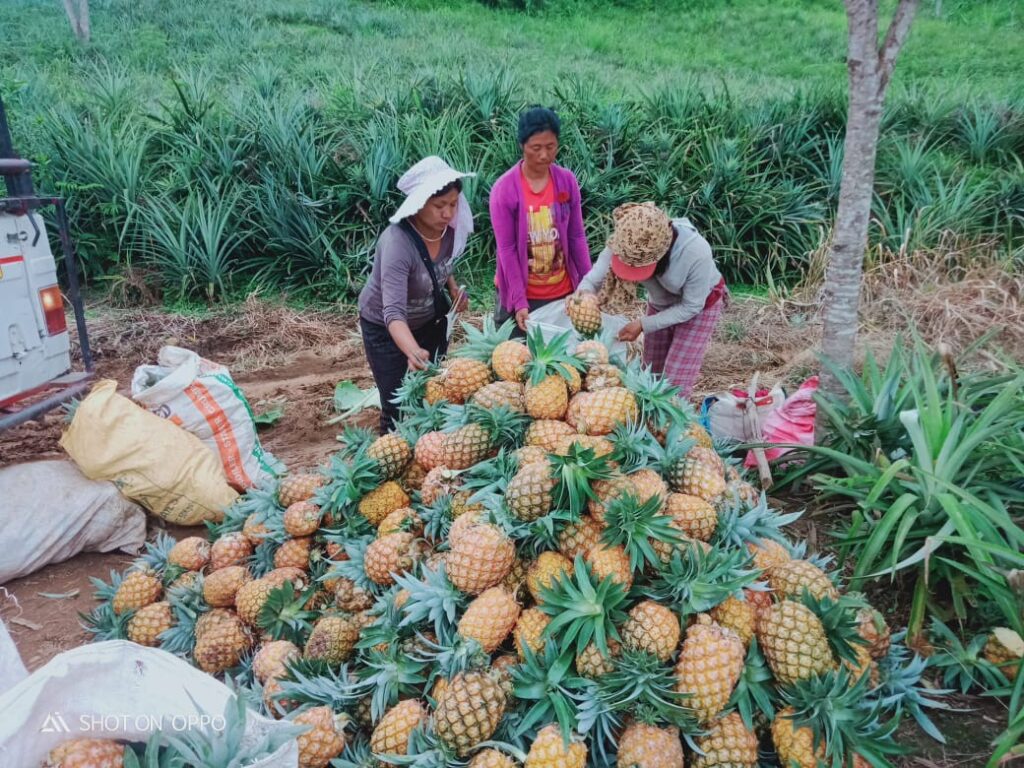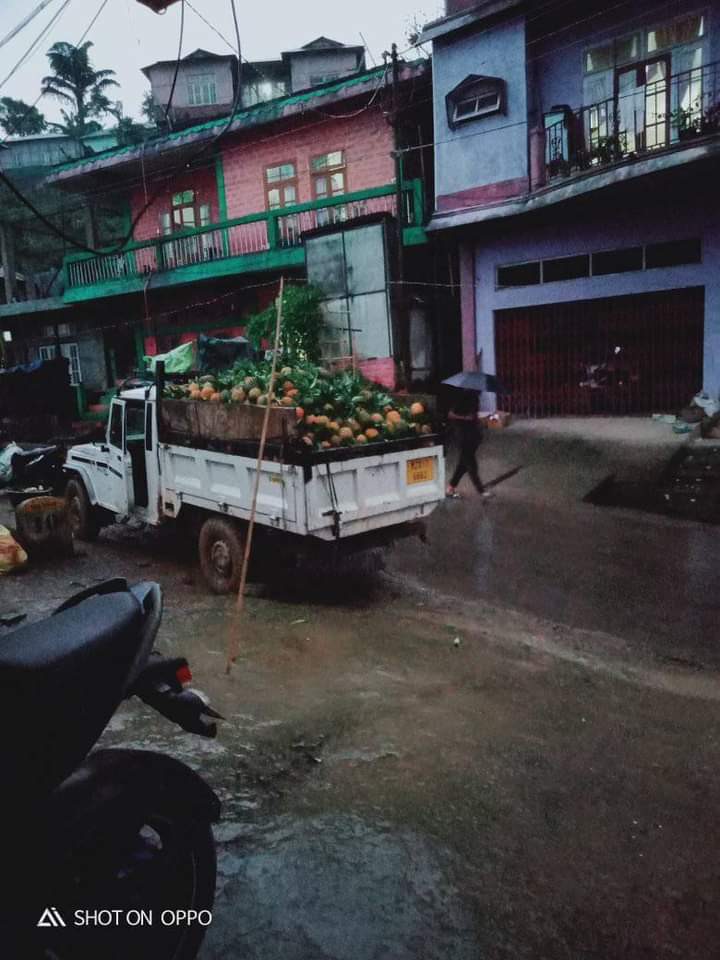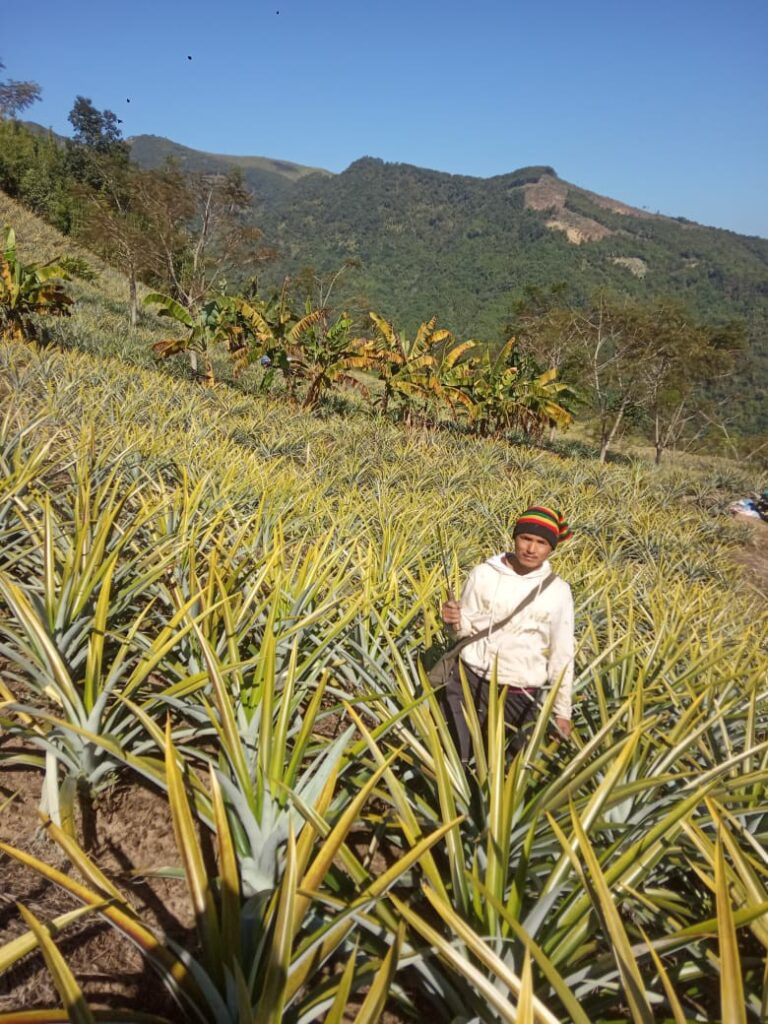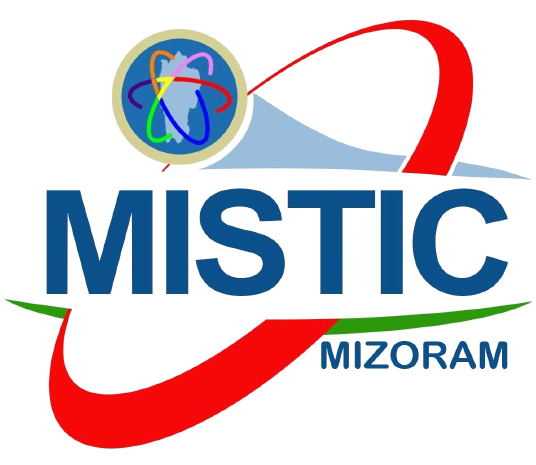SIALHAWK
Home > STI Needs on Spatial Domain > SIALHAWK
Sialhawk village is situated at the central eastern part of Mizoram at a coordinate of latitude 23.2917° N and 93.0958° E longitude. The village has a population of more than 2000 individuals belonging to 545 household approximately.
Status and management of natural resources
A span of 3 kms eastward and 5 kms west ward from the village area are reserved forests under the control of the village council. Domestic water supply are accessed from Khawhai village water sources which dries up during dry season. There are four community water reservoirs which are distributed to the village by different water points. There are three hand-pumped borewell. Rainwater harvesting is afforded by certain houses only. Commercial water supply by trucks are being consumed for domestic needs of around 20000 litres everyday during peak dry season. Solar water pump infrastructure development is in process which would harvest water from Raifan river.
Agriculture and horticulture issues
The region belongs to the higher altitude eastern belt within the state and pineapple has been a reliable income source for majority of the household within Sialhawk and surrounding few villages. Sialhawk village has been known to be the leading producer of pineapple fruit in Mizoram since the last decade or so. An average of 10,000 quintals of pineapple fruit are produced yearly by Sialhawk village; which is estimated to be more than 60 percent of total produce in Mizoram. Apart from that, it is also the second highest producer of oranges in the state next to the neighbouring Biate village.
The ripened pineapple fruits harvested from agriculture land are directly transported to nearby district headquarter and towns, while majority of them are transported to Aizawl to be sold at local markets. Annual turnover in Sialhawk village from pineapple during 2020 to 2021 was estimated at around Rs. 110 lakhs.
However, ripened pineapples are quite volatile, and wounded ones; even a minute size are very quick to rot. In an agriculture land having rough undulating topography with steep slopes, it is nearly impossible to handle each and every harvested individual fruit free from wounds. As such, from a total of about 10,000 quintals of pineapple fruits produced every year by the village, an average of around 3000 quintals often becomes unsuitable to be sold at markets and of normal price. These spoiled ones are then kept for consumption and if possible, sold at very low price which becomes huge loss for farmers. Therefore, in order to maximise farmer’s income and minimise the wastage of hardly produced fruits, infrastructures and technology intervention such as producing jams, jelly, juice, etc. from the damaged fuits by establishing pineapple processing plant is the need of the hour.
WRC is practised by a total of about 90 households. Permanent ones are about 70 households along the rivers. Water sources are through pump and gravity in these fields. A total of 70 families still practised Jhum cultivation while majority of them are having pineapple cultivation which is more climate resilient. Other major cultivation are avocados, ginger, paddy. Fertilizers are fully organic on pineapples while chemicals are utilised on paddy and ginger.
Land use land cover: LULC do not change much.
Lastly, biodegradable wastes including pineapple wastes are being separated from domestic wastes which are then proposed to be used for production of organic fertilizers. In this regards, technical and other logistic support are being sought by the village council.



